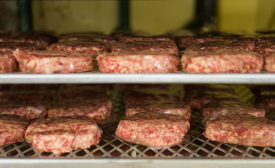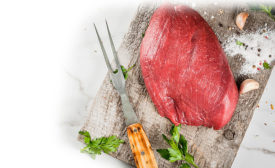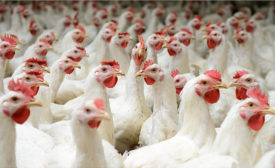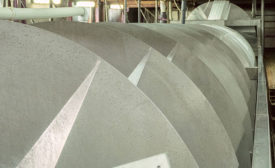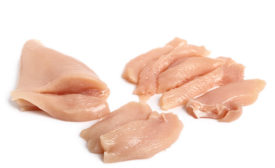ARTICLES
Ingredients
The clean-label trend's impact on antioxidant and antimicrobial ingredients
Driven by cleaner labels: The clean-label trend has propelled the use of antioxidant ingredients and had an impact in the antimicrobial ingredient world as well.
Read More
Formulation Strategies
Barbecue trends: Low-and-slow flies high
The reign of barbecue continues, as processors, restaurateurs and retailers push hard to answer the demands of consumers in this segment.
Read More
Ingredients
Phosphates in meat and poultry: Incomparable functionality
Processors face serious challenges when attempting to produce products without the use of multifunctional phosphates.
Read More
Special Report
2018 Poultry Report: A bird bonanza
Poultry retains its place as a consumer favorite, and the industry continues to produce more chicken and turkey products in response — but price pressures remain real, and new markets must be leveraged for the industry to take the next step.
Read More
Processing Tech
Better vision systems create better meat and poultry inspection
The use of vision systems to inspect meat and poultry products has increased as capabilities have improved and costs have gone down.
Read More
Processing Tech
Benefits of automated cutting and deboning
Improved technology allows processors to benefit from today’s automated cutting and deboning operations.
Read More
Stay ahead of the curve. Unlock a dose of cutting-edge insights.
Receive our premium content directly to your inbox.
SIGN-UP TODAYCopyright ©2024. All Rights Reserved BNP Media.
Design, CMS, Hosting & Web Development :: ePublishing

